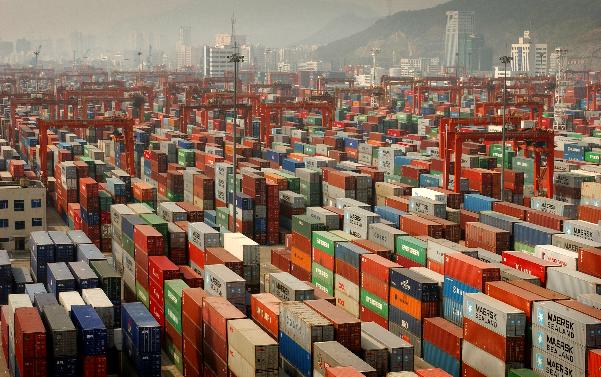The Finance ministry on Thursday released the monthly Economic Outlook report according to which Covid-19 pandemic, external balance and inflation remain major risk factors for the economy.
The first risk factor concerns the surge of the omicron variant of the COVID-19 disease. Experience in other countries shows that this variant is far more infectious than previous variants. On the other hand, its capacity to cause severe illness also looks to be impaired significantly.
The second risk remains the stress on the external balance. Although the current account deficit remained high the baseline scenario remains that the excess of imports over exports will gradually ease in the coming months. This expected tendency is enforced by government measures designed to stimulate exports and moderate import demand. Monetary policy decisions are also supportive in this respect.
Thirdly, inflation is high and year on year inflation is expected to remain in double digits in the coming month.
In this regard it should be noted that year-on-year increase in the CPI index is to a large extent a backward-looking indicator. It is not only determined by current price movements, but also by what happened 12 months ago, when international commodity prices were at the lower areas of their current price cycles, whereas now they are at the upper levels of these cycles. Forward looking, what matters most is monitoring future month-on-month price movements. Containing these price dynamics is the most relevant issue because they will determine further developments in the consumer’s cost of living.
The government measures, accompanied by the support of monetary policy, are directed to protect consumer’s purchasing power in the future. If these future month-on-month price movements can be stabilized, the year-on-year inflation will automatically fall back to levels that are suited for supporting Pakistan’s economic development. The current surge of the year-on-year inflation rate is a temporary phenomenon.
The fiscal deficit for the five months (July-November 2022) stood at Rs951 billion against Rs822 billion in the same period of last year. In terms of GDP, the fiscal deficit has been contained at 1.5 per cent, the same level as in the comparable period of last year.
The primary balance posted a deficit of Rs 36 billion (0.1 per cent of GDP) against the surplus of Rs216 billion (0.4 per cent of GDP) for the same period of last year. The net provisional tax collection by the Federal Board of Revenue (FBR) increased by 32.5 per cent to reach Rs2919.7 billion during the first half of 2022 against Rs2204.1 billion in the same period of last year, the ministry added. Pakistan’s inflation rate is still under pressure like other countries due to rise in international commodity prices as well as economic agents’ expectations.
Non-Tax Revenue (Federal) during the first five months of the current fiscal year was down by 22 per cent to Rs519 billion as opposed to Rs666 for the same period of last fiscal year and PSDP authorization was Rs434.6, 45 per cent up over Rs299.7 for the same period a year before. Agriculture Credit (provisional) was Rs641 billion during the first six month of the current fiscal year, 3.9 per cent up over Rs617 billion for the same period a year before and credit to private sector (flows) was Rs772.8 (1st July to 07th January 2022) as opposed to Rs215.5 (1st July to 8th January 2022).
The current account posted a deficit of $9.1 billion (5.7 per cent of GDP) for July-December 2022 due to constantly growing import volume of energy and non-energy commodities. Moreover, rising trend in the global commodities prices especially oil, COVID-19 vaccines, food and metals, built pressure on import bill.
Exports grew by 29 per cent during the same period and reached $15.2 billion, while Imports grew by 56.9 per cent and reached $36.4 billion. In July-December. FDI reached $1056.6 million against $879.7 million for the same period of last year increased by 20.1 per cent while foreign Private Portfolio Investment has registered a net outflow of $307.2 million during July-December 2022. In October 2021, an outflow of $1040 million was recorded due to the repayment of sukuk bond.

























Good Information